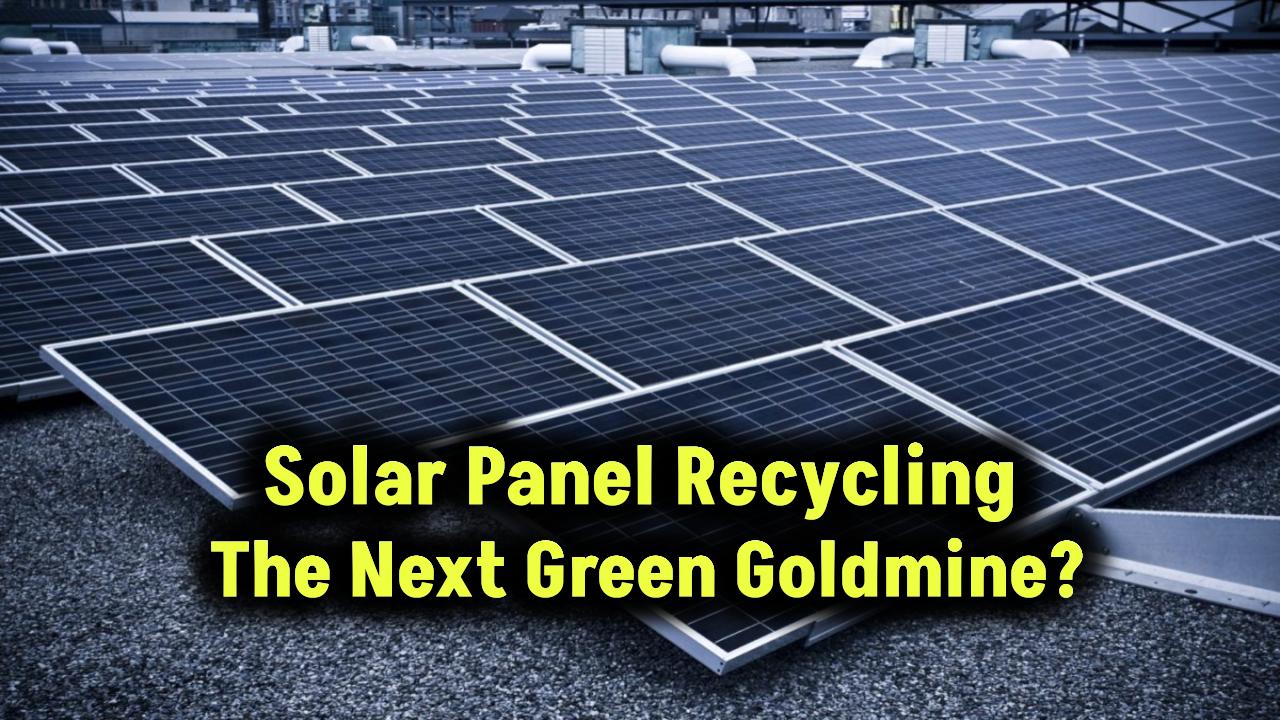
The world is on a mission to embrace clean energy, and one of the brightest stars in that mission is perovskite solar cells. If you haven’t heard of them yet, you’re in for a treat. These aren’t just another solar tech buzzword—they could be the game-changer that finally makes solar energy dirt cheap, ultra-efficient, and incredibly flexible.
In this guide, we’ll break down everything you need to know about perovskite solar cells—from how they work to why major governments and researchers are betting big on them.
What Are Perovskite Solar Cells?
Let’s start with the basics. A perovskite solar cell is a type of photovoltaic cell that uses a perovskite-structured compound as the light-harvesting layer. The general formula for these compounds is ABX3, where:
- A is an organic molecule like methylammonium
- B is a metal like lead or tin
- X is a halide like iodine or bromine
That combo gives you a super-efficient, light-absorbing material that can convert sunlight to electricity like a pro.
Perovskites stand out because they can be manufactured in liquid form and printed on a variety of surfaces—think solar panels that roll up like wallpaper or solar windows in skyscrapers.
How Perovskite Solar Cells Work
- Light Absorption: When sunlight hits the perovskite layer, it excites electrons.
- Charge Transport: These electrons move to an electrode, while their positive counterparts (holes) go the opposite direction.
- Power Generation: This movement creates an electric current, just like traditional solar panels.
But unlike traditional silicon solar cells, perovskites don’t need high heat or complex equipment to be produced. That means cheaper and faster manufacturing.
Why They Could Revolutionize Solar Energy
1. Sky-High Efficiency
In just over a decade, perovskite solar cells have gone from 3.8% efficiency in 2009 to over 25% in 2023 for single-junction cells. When combined with silicon in “tandem” cells, they can reach over 30% efficiency—which beats the best silicon-only panels out there.
2. Low-Cost Production
These cells can be produced at low temperatures and don’t need expensive equipment. Materials like lead or tin halides are cheaper than purified silicon. Researchers have even developed roll-to-roll printing techniques, which means mass production could be as simple as printing a newspaper.
3. Flexible and Lightweight
Perovskites can be deposited on flexible plastics, making them useful in ways traditional panels just aren’t:
- Wearable solar fabrics
- Transparent windows that generate power
- Lightweight solar drones
4. Customizable Applications
Thanks to their tunable bandgap (that’s science talk for controlling what kind of light they absorb), perovskites can be fine-tuned for different climates and purposes—from rooftop setups in Arizona to indoor lighting systems in Tokyo.
5. Fast Research Progress
Most solar tech takes decades to mature. But perovskites? They’ve skyrocketed from lab curiosity to efficiency champion in just 10 years. That rapid pace suggests we might see commercial use on a wide scale within the next 3–5 years.
6. Environmental Potential
Since perovskite solar cells require less raw material and less energy to produce, they could significantly reduce the environmental footprint of solar technology if manufactured at scale with green processes. Their integration into urban infrastructure like windows or vehicles means less land usage compared to conventional solar farms.
7. Energy Payback Time (EPBT)
Another major plus is their short energy payback time—the time it takes for a solar panel to generate the amount of energy used in its production. Perovskite solar cells are estimated to have EPBTs as low as a few months, compared to 1–3 years for silicon panels.
Real-World Example
In 2024, Japan announced a $1.5 billion investment into perovskite solar development. Their goal? To roll out ultra-thin, flexible solar cells across rooftops, buildings, and vehicles nationwide.
The U.S. Department of Energy is also heavily funding perovskite research, especially in tandem cell configurations to boost domestic clean energy production.
Current Challenges
Despite the promise, perovskite solar cells aren’t perfect yet.
1. Stability Problems
Exposure to moisture, heat, and UV light can degrade the perovskite layer. Labs are working on encapsulation techniques and better formulations to combat this.
2. Lead Content
Many high-efficiency versions use lead, which raises environmental and health concerns. Alternatives like tin-based perovskites are being tested, but they currently don’t perform as well.
3. Scalability and Manufacturing
Getting from lab to mass production isn’t easy. Uniform quality, long-term reliability, and regulatory approval are all hurdles manufacturers must clear before perovskites hit store shelves.
4. Supply Chain and Materials Availability
Perovskite production relies on specific halide and metal salts. Ensuring sustainable, ethical sourcing of these raw materials—and building out a global supply chain for scalable manufacturing—remains a key challenge.
Where Can Perovskite Solar Cells Be Used?
- Building-integrated photovoltaics (BIPV): Windows, facades, skylights
- Portable electronics: Solar chargers, backpacks
- Automotive industry: Electric vehicle roofs
- Aerospace: Lightweight panels for drones and satellites
- Emergency kits: Foldable solar blankets for disaster relief
- Agriculture: Solar-powered greenhouses with semi-transparent roofs
How Do They Compare to Silicon Solar Cells?
| Feature | Perovskite | Silicon |
| Efficiency (Lab) | 25–30% | ~22% |
| Manufacturing Cost | Lower | Higher |
| Stability | Needs Improvement | Excellent |
| Toxicity | Contains Lead | Non-toxic |
| Flexibility | High | Low |
| Energy Payback Time | Months | 1–3 years |
| Application Range | Broad (flexible, indoor) | Mostly rooftops |
What’s Next for Perovskite Technology?
As research continues, the goal is to:
- Replace toxic lead with eco-friendly alternatives
- Improve encapsulation to protect against moisture and heat
- Streamline manufacturing with roll-to-roll and inkjet printing
- Gain certifications for building codes and international standards
- Build resilient supply chains to support global production
If these hurdles are cleared, we could be looking at a solar future that’s cheaper, more powerful, and way more versatile than today’s silicon-only systems.
FAQs
Q1. Are perovskite solar cells commercially available?
Not yet widely, but some early-stage commercial applications exist. Broader adoption is expected within 3–5 years.
Q2. Are they better than silicon solar panels?
In terms of efficiency and cost potential—yes. But silicon still wins in durability and market availability.
Q3. What are the health risks of lead in perovskites?
Encapsulation can reduce the risk of lead leakage, but researchers are working on lead-free alternatives to make them safer.
Q4. Can perovskite solar cells be recycled?
Recycling methods are being developed, but aren’t yet widespread.
Q5. What are tandem solar cells?
These combine a perovskite cell with a silicon base to create a two-layer system with higher efficiency.









